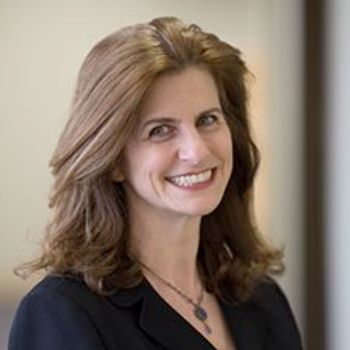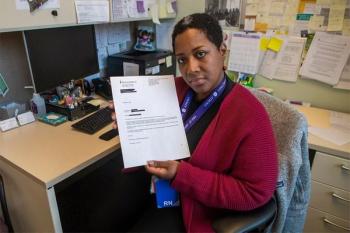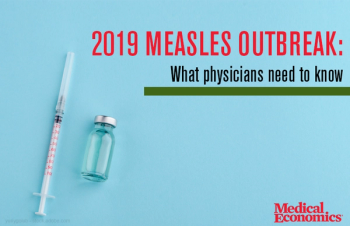
Healthcare experts weigh in on the five new payment models for primary care

What doctors need to know about revamping their office space to meet consumer demands.

A slideshow on how much time practices spent on prior authorizations in 2018.

Physicians can now diagnose burnout. Ironically, physicians are one of the most burned out professions.

Reimbursement varies between payers, so be sure and check with those in your area to ensure they reimburse for telehealth services prior to performing and billing.

Reimbursement varies between payers, so be sure and check with those in your area to ensure they reimburse for telehealth services prior to performing and billing.

A new report shows how medication use is expanding and changing.

A view from the trenches.

What should physicians say to their patients?

Millennial and Generation Z patients demand convenience and quicker access, experts say

A survey of 782 independent medical practices reveals that burnout and getting paid are concerns, but most are optimistic about their future.

Emerging growth and quality opportunities accompany CMS’s growing enthusiasm for RPM.

Damara Gutnick, MD, the medical director of the Montfiore Hudson Valley Collaborative, explains the basics of motivational interviewing, a technique physicians can you use to empower patients to make healthy decisions and improve health outcomes.


With the implementation of electronic health records, the country has seen a rise in what used to be a relatively rare malpractice situation: medical liability claims with an EHR as a contributing factor.

CAQH CORE, a healthcare industry-led operating standards group, has announced new rules that move the healthcare industry closer to fully automating the prior authorization process.

Groups representing primary care physicians said new state laws restricting abortion impede the physician-patient relationship and may jeopardize patient care.


Physicians should expect to be asked about the measles outbreak, and what patients can do to protect themselves and their children.

Aletha Maybank, MD, MPH, joins the AMA as chief health equity officer after serving as deputy commissioner and founding director of the Center for Heath Equity as part of New York City’s public health department.

A survey of members of America’s Health Insurance Plans (AHIP), the national trade association for insurers, shows that the importance of virtual care is increasing. The results indicate that virtual care is widely and readily available to most patients through their health plans.

The state of Washington has approved a law to offer a universally available public option to its residents.

What does this mean for those documenting E/M services, assigning the code levels, and auditing them?

Practices are increasingly coming under attack by cyber criminals, so physicians must take steps to improve their security efforts.


The National Institutes of Health has awarded a five-year, $33.3 million grant to develop new antibiotics to treat deadly bacteria that have become resistant to current treatments. The grant was awarded to David S. Perlin, Ph.D., chief scientific officer of Hackensack Meridian Health’s Center for Discovery and Innovation in Nutley, N.J.


Tips and warnings from experts for E/M coding

In the case, Warren v. Dinter, the court ruled that the existence of a physician-patient relationship is not a prerequisite for a malpractice action.
